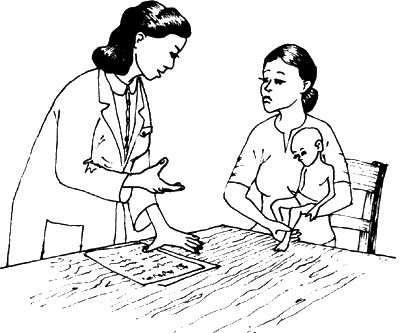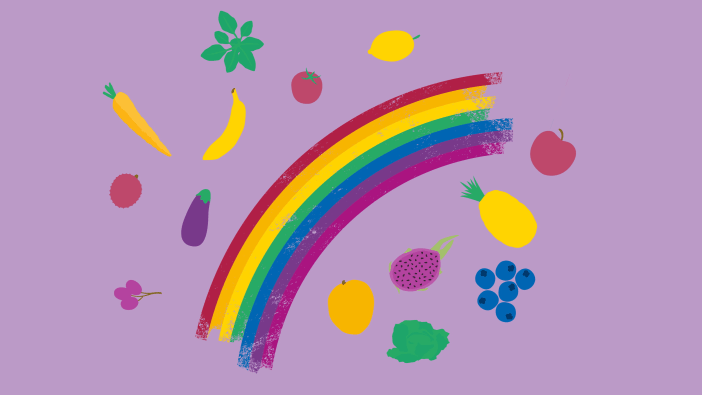A healthy diet is directly linked to good health. It is particularly important for pregnant women, babies and young children. Well-nourished babies and children are much less likely to become sick through disease and infection. Common infections like diarrhoea last longer and are more severe in malnourished children. Once a child is sick, poor appetite can lead to worsening malnutrition and repeated infection that often ends in death. Nearly two-thirds of all deaths in young children are linked to poor diet. Healthy eating is vital for child survival.
People can usually provide staple foods for their families. However, though staple foods provide energy, they will not provide enough of the ‘building’ and ‘protective’ foods required. People with few financial resources may find it difficult to buy enough meat, fish, vegetables and fruit to provide a healthy diet. However, there are other ways of obtaining these kinds of food, including the use of traditional foods, wild vegetables, edible tree leaves, rearing chickens or rabbits, gathering and preserving wild fruits and buying carefully in the market.
Discussion
- How many of us have heard about the cycle of malnutrition and infection, shown below? Is it true in our community? Can you think of children who have become gradually weaker through poor diet and repeated infection?
- What are the reasons for babies and young children becoming malnourished? How can the cycle of malnutrition and infection be broken?
- What foods from animals are available at low cost in our local area?
- Which fruit and vegetables are available at low cost in our local area?
- How can we encourage people to use more pulses?
- How could more animal foods be made available for eating at home (for example, by building a fishpond, or raising rabbits, guinea pigs or poultry)?









